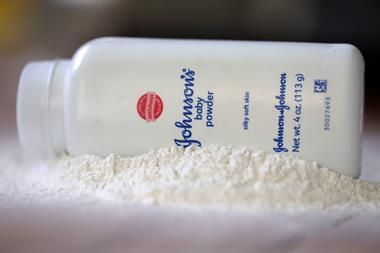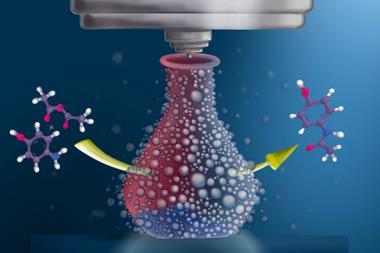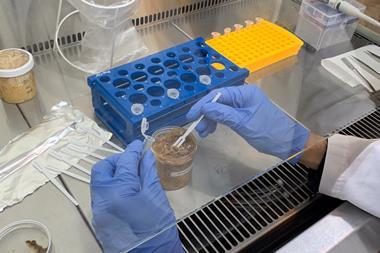Chemists have used crystallographic analysis to identify a group of molecules they say could provide novel asthma drugs.
Chemists have used crystallographic analysis to identify a group of molecules they say could provide novel asthma drugs.
X-ray crystallographer Daan van Aalten at the University of Dundee, UK and colleagues screened a library of marketed drug molecules looking for inhibitors of an enzyme recently linked to asthma pathogenesis.
The discovery of the enzyme, chitinase, at high concentration in the lungs of asthmatics surprised researchers last year. The enzyme breaks down chitin, a polymer of b(1,4)-linked N-acetlyglucosamine, which is not found in humans but rather in numerous potential pathogens, including insects, nematodes and fungi.
The group that made that discovery, led by Jack Elias, professor of medicine at Yale University, US, suggested that chitinase would help fight off infection by chitin-containing pathogens. In the absence of such pathogens, the redundant enzyme might push the immune system towards generating allergic reactions and asthma.
van Aaltan’s group in Dundee screened a commercially available library of 880 drug molecules against a fungal chitinase from Aspergillus fumigatus. They found three chitinase inhibitors: theophylline and pentoxifylline (two methylxanthine derivatives, which contain a common 1,3-dimethylxanthine substructure) and the closely related methylxanthine, caffeine. Pentoxifylline was the most potent inhibitor.
Crystallographic analysis of chitinase-inhibitor complexes revealed specific interactions with the active site, said van Aalten. Subsequent mutagenesis identified key active site residues related to inhibitor affinity, he noted, and these sites are conserved in mammalian chitinases.
The three methylxanthines offer great pharmacological promise, he concluded. ’These molecules.provide attractive, synthetically accessible scaffolds for further optimisation.’ Bea Perks
References
F V Rao Z Zhu






No comments yet